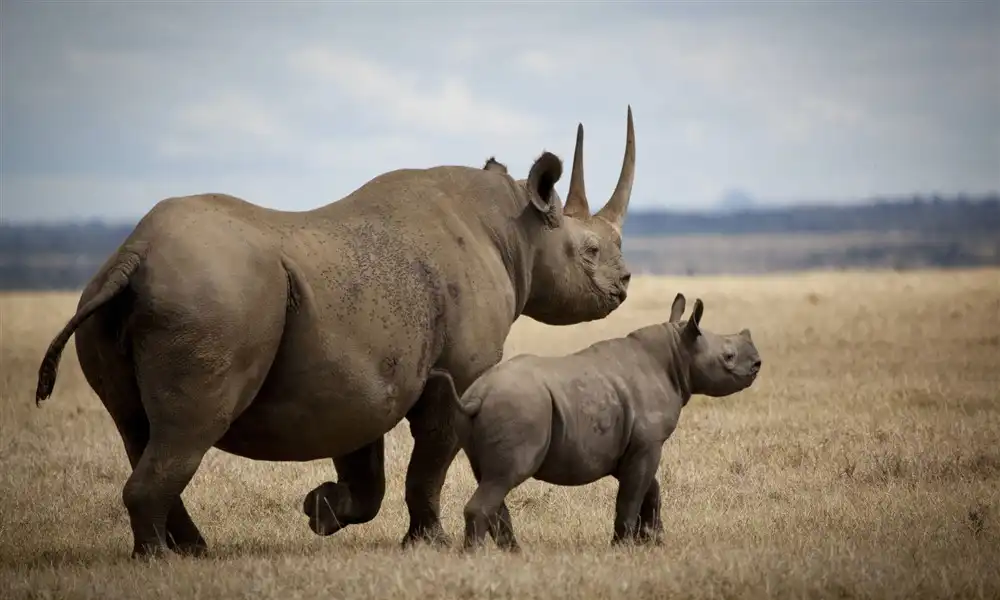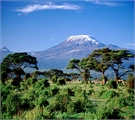Discovering the Optimal Time for a Tanzanian Adventure: Unraveling the Best Time to Visit Tanzania
Tanzania, a land teeming with diverse landscapes, wildlife wonders, and cultural richness, beckons to adventurers year-round. However, choosing the perfect time to visit can significantly enhance your experience, ensuring you witness the country's beauty in all its splendor. In this guide, we'll unravel the secrets of the best time to visit Tanzania, considering everything from weather patterns to wildlife migrations.
01. Serengeti Spectacle: The Great Migration
For wildlife enthusiasts, witnessing the Great Migration is often a bucket-list experience. This awe-inspiring event sees millions of wildebeest, zebras, and gazelles traverse the Serengeti in search of greener pastures. The best time to catch this spectacle is during the dry season, typically from late June to October. The river crossings, where the herds face crocodile-infested waters, add an extra layer of drama to this natural phenomenon.
02. Dry Season Delight: June to October
The dry season, spanning from June to October, is widely considered the best time to visit Tanzania. With minimal rainfall, the landscapes are lush and vibrant, making it an ideal period for safaris and outdoor activities. During this time, wildlife congregates around water sources, providing excellent game viewing opportunities. The clear skies also enhance the allure of iconic landmarks such as Mount Kilimanjaro.
03. Pleasant Temperatures: June to October
Tanzania's dry season boasts comfortable temperatures, making it an enjoyable time for exploration. Daytime temperatures range from 70°F to 80°F (21°C to 27°C), and evenings offer a cool respite. Whether you're embarking on a safari, hiking, or relaxing on the beaches of Zanzibar, the dry season provides the perfect climate for a variety of activities.
04. Tarangire's Elephant Parade: July to November
Tarangire National Park, known for its impressive population of elephants, comes to life during the dry season. From July to November, the parched landscapes force wildlife to congregate around the Tarangire River, offering unparalleled opportunities to witness large herds of elephants, wildebeest, and other species.
05. Shoulder Seasons: March to May, November
While the dry season is optimal for many, the shoulder seasons have their unique charm. From March to May, the "long rains" season brings lush landscapes and baby animals, creating a picturesque setting. Although some areas may be challenging to access due to muddy roads, the rejuvenated flora and the scarcity of tourists make it an appealing time for nature lovers.
Similarly, the short rains season from November to December offers a quieter experience, with the landscapes still green and vibrant. While short, intense rain showers occur, they seldom disrupt travel plans, making this period a hidden gem for those seeking a more tranquil Tanzanian adventure.
06. Zanzibar's Tropical Allure: July to September
If your Tanzanian journey includes the idyllic beaches of Zanzibar, the dry season from July to September is the ideal time. With warm temperatures and little rainfall, this period ensures a perfect beach retreat. Whether you're diving into the crystal-clear waters, exploring Stone Town's cultural gems, or simply unwinding on the sandy shores, Zanzibar's charm is at its peak during the dry season.



07. Climbing Kilimanjaro: January to March, September to October
For those seeking the ultimate adventure of summiting Africa's highest peak, Mount Kilimanjaro, timing is crucial. The best periods for climbing are from January to March and September to October, during the dry seasons. These months offer clearer skies, lower precipitation, and more stable trekking conditions, increasing your chances of a successful ascent.
08. Festivals and Cultural Richness: Year-Round Discoveries
Tanzania's cultural tapestry is woven with vibrant traditions and celebrations, creating a captivating backdrop for your journey. While the dry season is ideal for wildlife-centric adventures, the cultural calendar unfolds throughout the year. From the lively celebration of Saba Saba in July to the colorful Zanzibar International Film Festival in June and the captivating Karibu Music Festival in November, each season brings its own set of cultural festivities.
Exploring Tanzania's diverse cultures offers a deeper understanding of the country's heritage. Engaging with local communities, participating in traditional ceremonies, and savoring authentic cuisine are enriching experiences that transcend the bounds of weather patterns.
09. Wildlife Beyond the Great Migration: Year-Round Encounters
While the Great Migration is a highlight, Tanzania's wildlife flourishes year-round. The country's national parks and reserves are home to the Big Five – lions, elephants, buffalo, leopards, and rhinos – as well as an abundance of other species. The Southern Circuit, including parks like Selous and Ruaha, offers excellent game viewing opportunities during the dry season when animals gather around water sources.
Even during the rainy seasons, the landscapes transform into lush, green havens, providing a unique backdrop for wildlife enthusiasts. Birdwatching is particularly rewarding during these times, with migratory birds adding to the diverse avian population.
In Conclusion: Crafting Your Tanzanian Odyssey
In conclusion, Tanzania invites you to script your own timeless tale amidst its diverse landscapes, captivating wildlife, and rich cultural heritage. Whether you're captivated by the thundering herds of the Great Migration, the tranquility of Zanzibar's beaches, or the challenge of summiting Mount Kilimanjaro, each season holds its own allure.
As you plan your Tanzanian adventure, consider the unique offerings of each period, tailor your experiences to match your interests, and embrace the spirit of responsible tourism. Whether you find yourself beneath the vast Serengeti skies, exploring the depths of the Indian Ocean, or conquering the heights of Kilimanjaro, Tanzania promises an experience that transcends the ordinary – a journey that becomes a chapter in your own extraordinary travel story.




